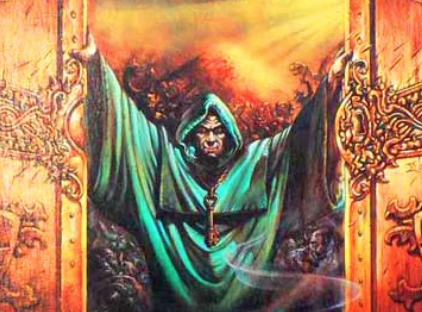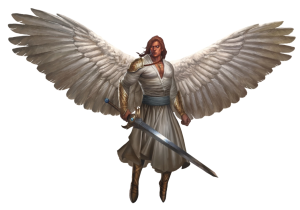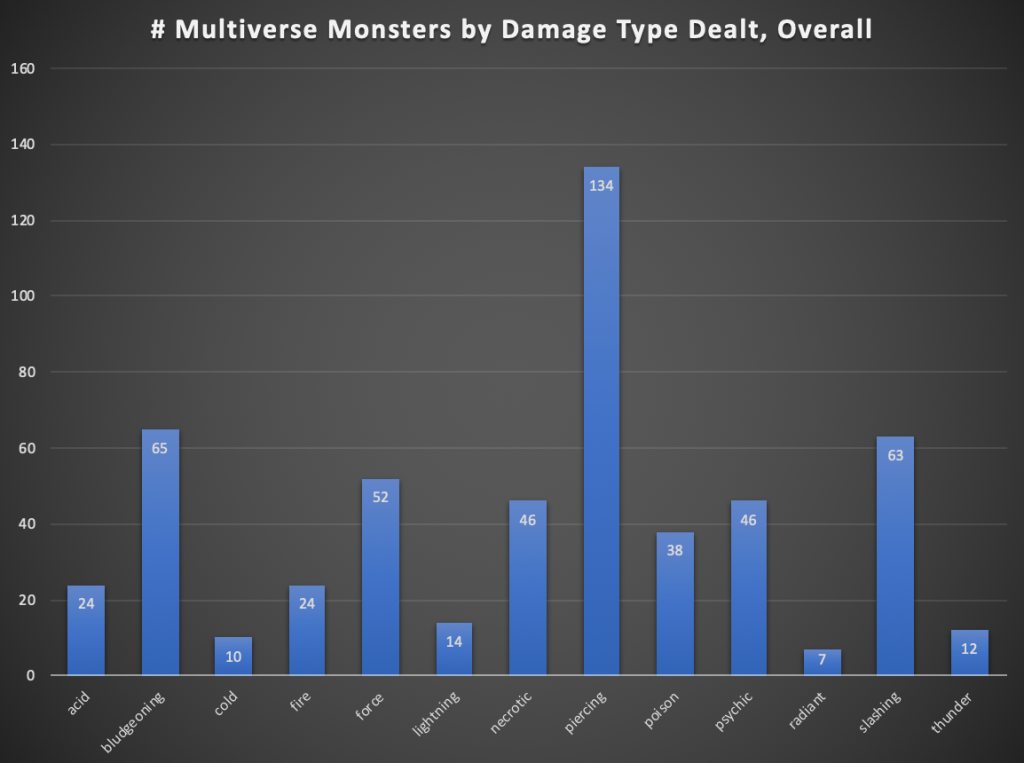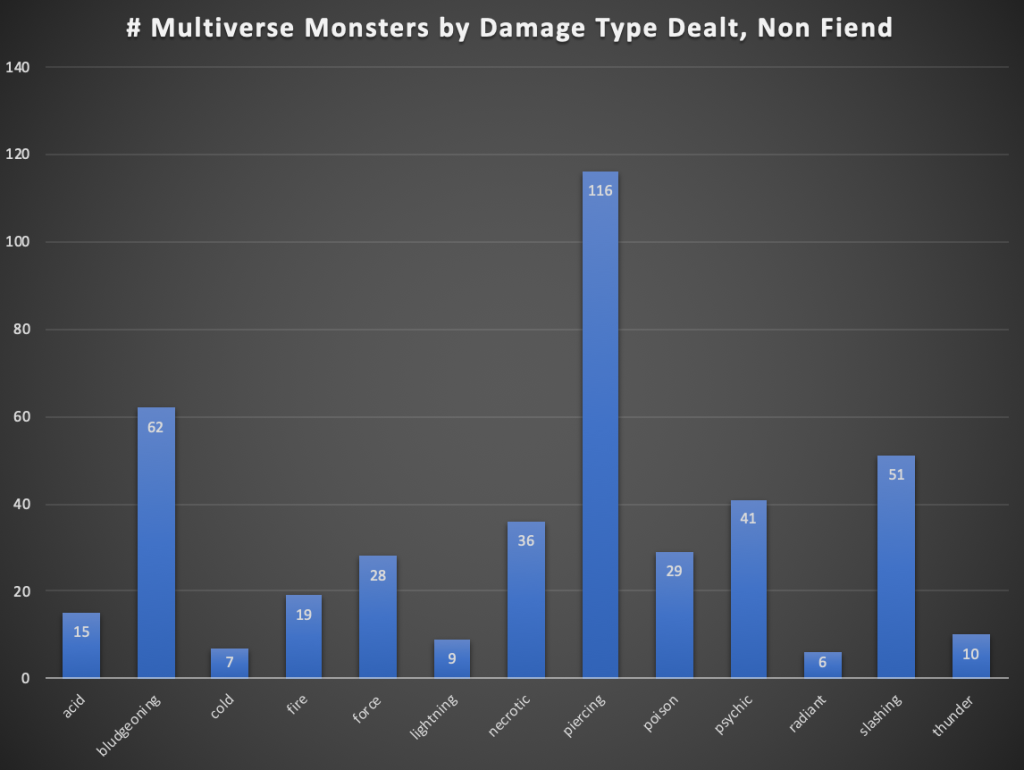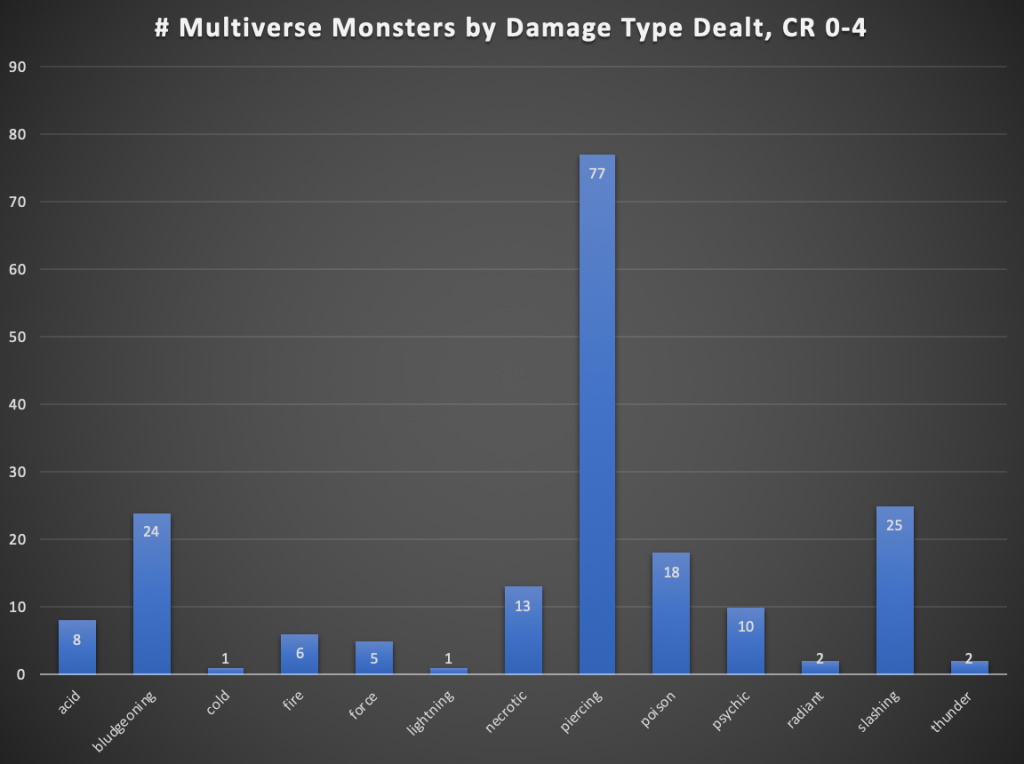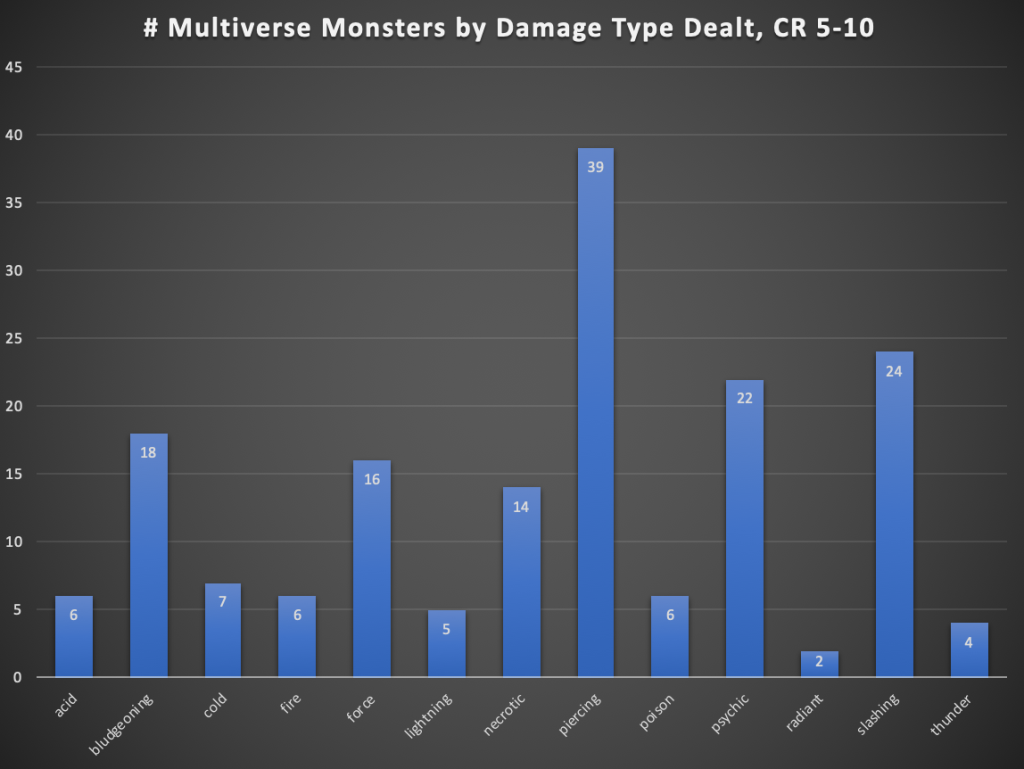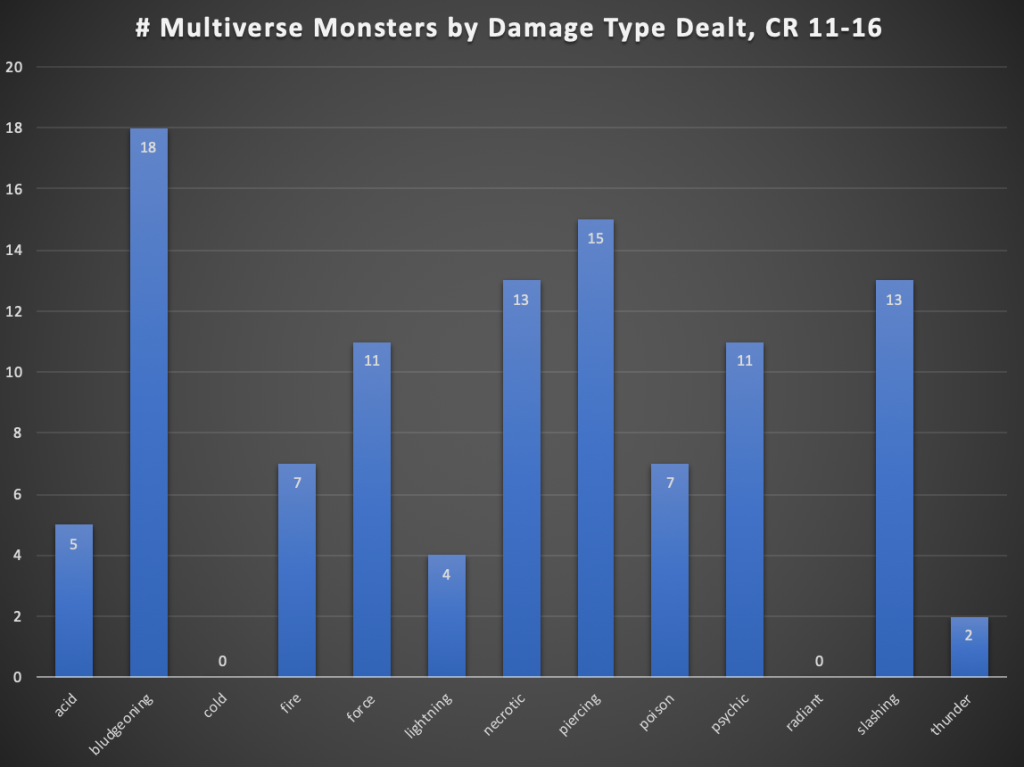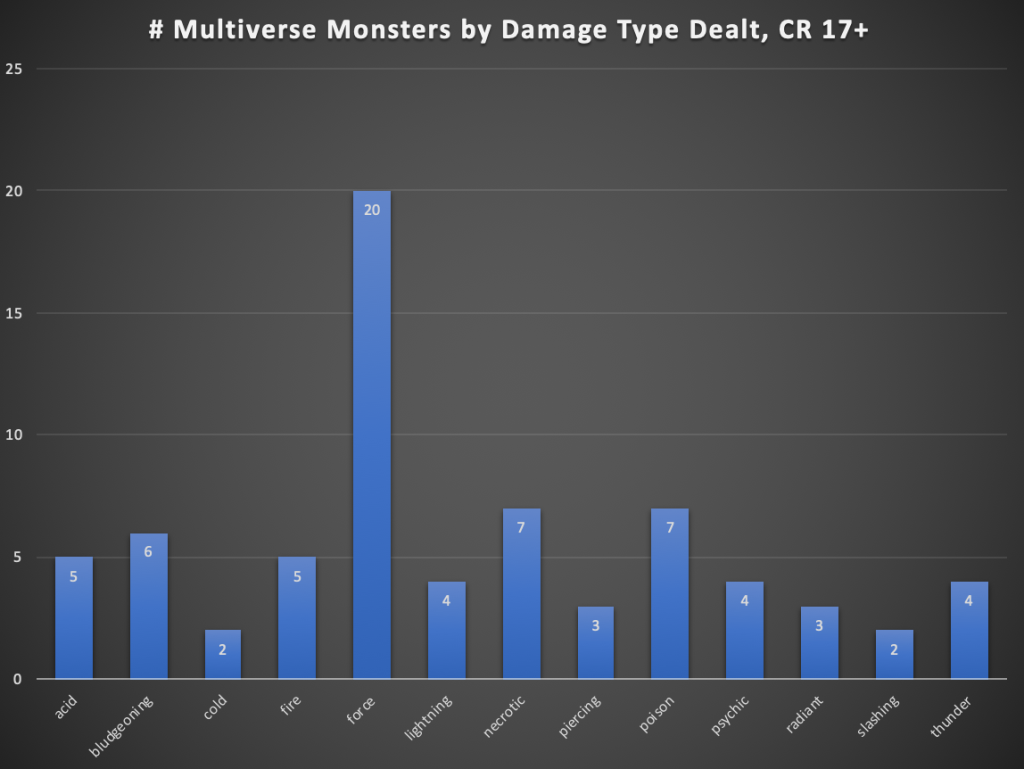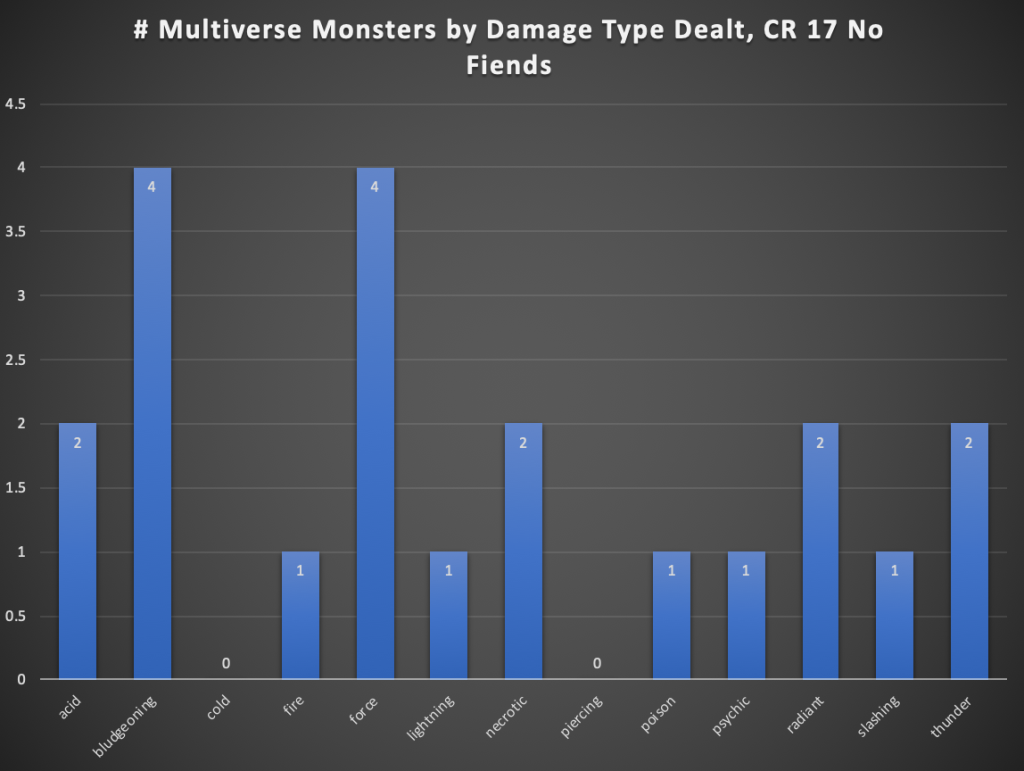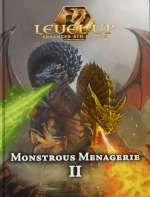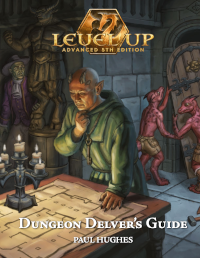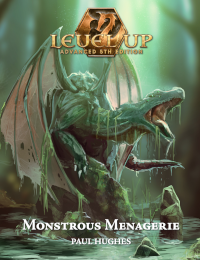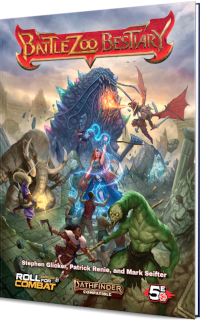5e D&D’s bounded accuracy is supposed to keep attack rolls, DCs, and other numbers in check, allowing monsters to stay relevant longer and decreasing the gap between proficient and non-proficient characters. In a 2012 blog post, WOTC’s Rodney Thompson said this:
Nonspecialized characters can more easily participate in many scenes. While it’s true that increases in accuracy are real and tangible, it also means that characters can achieve a basic level of competence just through how players assign their ability bonuses. Although a character who gains a +6 bonus to checks made to hide might do so with incredible ease, the character with only a naked ability bonus still has a chance to participate. We want to use the system to make it so that specialized characters find tasks increasingly trivial, while other characters can still make attempts without feeling they are wasting their time.
Accuracy, saving throw bonuses, and skill checks are certainly more bounded than previous editions, which generally handed a fighter up to a +20 bonus to attack rolls over 20 levels, plus whatever they got from raised ability scores. Similarly, in previous editions, a character’s best saving throw/defense bonus increases by about 10 or more between levels 1 and 20.
In contrast, 5e’s proficiency bonus only increases by 4 points over 20 levels (or 10 points with expertise) plus a few points from increased ability scores. That seems like a lot less, right? But in my opinion, it’s still not bounded enough, and that’s a major reason that the game falters at high levels.
attack bonuses
In 5e, attack accuracy is not the main problem with increasing proficiency bonus. Every character gets their proficiency bonus added to their attacks. It’s a given. Therefore, a character’s proficiency bonus could really be anything and it can work fine against appropriately-leveled monsters, as long as the monster’s AC is raised to compensate (generally through some arbitrary amount of “natural armor”). When added to attack bonus, proficiency bonus is nothing more than a lever you can use to determine how to treat mismatched opponents. The higher the proficiency bonus scale, the more you’re nerfing low-level monsters. If you want tenth-level characters to be threatened by groups of CR 1/2 goblins, you want the game to use a low proficiency bonus; if you want heroes to cinematically hack their way through dozens of goblins, you want a high bonus. That’s a stylistic choice for your game and it’s not broken either way; it just tells a different story.
Increasing attack bonuses, then, are fine, because they’re across the board. The problem with 5e’s proficiency bonus is that it also increases skills and saving throws. At high levels, these increases make it hard to keep tension in the game.
skills
Skills are generally not as important for character survival as attack rolls, but inasmuch as skills are important, you want them to work. At high level, the gap between a skilled and unskilled character becomes unmanageable. A 17th-level rogue might have a +11 in Stealth without having any particular stealth-based feats, class features, or magic items, and a cleric of the same level might still have a +0 in Stealth. And that’s before Expertise, which brings the rogue to +17! You can’t meaningfully challenge these two characters with the same obstacle.
The issue also causes problems with monster design. Do we want a +17 stealth rogue (with a minumum stealth roll of 27 due to Reliable Talent) to auto-succeed on stealth checks versus nearly every monster? If not, we’re forced to give a high Wisdom plus proficiency (or double proficiency) in Perception to many high-level monsters. Without those hacks, stealth scenes (or rinse-and-repeat rogue sniper tactics) are auto-successes devoid of drama. With boosted Perception scores, sneaking becomes nearly impossible for the group. This is not what we want as DMs. Perhaps more so than nearly any other type of scene, stealth scenes should be tense and suspenseful, with the chance of catastrophic failure in the offing.
How do 5e’s skill increases compare to earlier editions? In 3e, without trying very hard, a level 20 rogue’s Stealth bonus could be 30 points higher than a cleric’s: a 3e rogue’s fumble is far better than a cleric’s crit. In 4e, the a level 30 rogue’s Stealth bonus might be 15 points higher than the cleric’s. Is 5e more bounded than that? For the most part it is, with most skill bonuses topping off around +11 or so. However, a rogue with expertise in Stealth can have a bonus that rivals a 4e rogue’s bonus; with Reliable Talent, they can even approach a 3rd level character’s total. More than anything, Expertise is the problem here, sending skill bonuses out of bounds.
saving throws
Saving throws are similarly harmed by an increasing gap between proficient and nonproficient scores. While you can easily raise monster AC to stay competitive with climbing attack bonuses, you can’t do the same with every saving throw to keep up with PCs’ spell DCs. The Wisdom saving throw is particularly vital. There are so many “I-win” spells with Wisdom saving throws that every high-level monster, in order to be able to stand on its own, needs one or more of the following: a high Wisdom score, a Wisdom saving throw proficiency, spell resistance, or legendary resistance – no matter what the monster’s story is – just to deal with the wizard’s DC 19 polymorph or similar spell. (Such save-or-lose spells are pretty inexpensive for a high-level wizard. A level 17 wizard can toss off a polymorph every turn for 9 turns!)
There are scattered “I-win” spells with non-wisdom saving throws, too, so most high-level monsters are built with tons of save proficiencies, which is kind of a hack. (What do I consider a hack? Any monster stat block feature that is not tied to a story feature. What’s the story behind a purple worm, with 8 Wisdom and no Perception proficiency, having a Wisdom saving throw proficiency? It’s just there to wallpaper over a crack in the math.)
Saving throws are just as unsatisfying when employed by monsters against high-level characters. What’s a fair DC for a devastating monster attack that causes petrification or a similarly significant effect, considering the high-level cleric has a +11 Wisdom save and the rogue has a +0? Any DC that offers the rogue a decent survival chance is nearly an auto-success for the cleric, and a challenge for the cleric is a near-certain failure for the rogue. It really would work better if, as a monster designer or DM, you could set a DC that caused tension for both characters (despite the cleric’s better chance of success).
How does 5e compare to earlier editions in different characters’ gap between saving throw bonuses?
Despite 5e’s bounded accuracy, it’s really no better in this regard than most previous editions. Consider TSR D&D up to 2e. While some classes were better at some saving throws than other, they all improved as they leveled. For instance, in 2nd edition, a 20th level cleric was really good against Death Magic… but the most vulnerable character, the thief, was only 6 points worse. In 3e, this gap went up: a 20th level cleric’s Will save might be 15 to 20 points better than a rogue’s. 4e tightened this up: a cleric’s Will defense might be 10 or so points better than a rogue’s, just as in 5e. In other words, 5e’s bounded accuracy hasn’t tightened up the saving throw , and in fact it’s pretty much on par for most editions.
a high level problem
If you mostly play the game at low and mid-levels (level 10 and below), bounded accuracy problems rarely come up. At level 5, the difference between a rogue and cleric’s Wisdom save, or a wisdom-based skill bonus, might be +0 versus +7. A medium DC of 15 is a non-foregone challenge for both characters.
It’s no coincidence that D&D’s “sweet spot” is up to around level 10. After that, with increasing primary ability bonuses and proficiency bonuses, plus performance-enhancing class features, the gap between the proficiency haves and the have-nots becomes an increasing obstacle to exciting play.
flattening proficiency bonus
What if we kept the game in the sweet spot? Let’s set the proficiency bonus at a good value – say +3 – and never change it. (Am I crazy, or was this the case at some point during the D&D Next playtest?)
Changing proficiency bonus to +3 gives skilled characters a tiny bit of extra power at low level, when they’d normally only have a +2 proficiency bonus. Fine! A +2 bonus is a bit of a small, fiddly bonus anyway for 5e. And a fixed +3 bonus across all levels allows for more focused designs for monsters, traps, and other challenges. A trained, high-level rogue’s Stealth check is reduced to +8 (or +11 if we still let expertise double the proficiency bonus to +6), and a cleric’s spell DC is reduced to 16, which means that even a lowly purple worm can have a small but non-trivial chance to spot the assassin or shrug off the polymorph. In turn, the DC of the purple worm’s Tail Stinger attack can be set so that it threatens both the level 17 fighter (Con DC +8) and the rogue (Con DC +2. No one dumps Constitution, right?)
Of course, monster design would need to be rebalanced around these lower proficiency numbers. High-level monsters could lose about 2 points of natural armor, for instance, and CR 15+ monsters wouldn’t all need four or more save proficiencies. Overall, high-level combat would work better, with fewer design kludges and guaranteed-success or guaranteed-failure rolls.
would this break the game?
Game design is like putting a fitted sheet on a bed. Every time you tug on one corner, another corner is in danger of popping off. If we flatten out proficiency, what are the unintended consequences going to be? Will we break the game?
Well, obviously, at levels 5-8, there will be no consequences (proficiency bonus is already +3). In fact, from levels 1 through 12, there will be minimal consequences (we’re only talking about a +-1 change at most). The change becomes meaningful at around level 13, where we’re dropping proficiency bonus from +5 to +3.
The likely consequence is that groups of low-level monsters become slightly more dangerous to high-level characters. Their attack bonuses and saving throw DCs will be relatively closer to those of their higher-level opponents. Conversely, solo monsters are nerfed, since they don’t get the same boost as hordes of weak monsters.
I think the way to go here is to institute a change D&D badly needs anyway: increase the hit points and damage of high-level monsters. To scale D&D monsters, you have two knobs you can turn: you can increase attack roll/AC, and you can increase damage/hit points. Let’s do more of #2. (This is something I suggested for 4e as well.) In 5e, low-level monsters, like goblins, do too much damage relative to their supposed challenge rating, and high-level monsters deal too little. Instead of increasing linearly, monster damage and hit points can be a tad exponential. High-level characters have so many game-breaking powers that there’s no challenge otherwise. This is a change D&D monsters badly need – let’s just go ahead and make it.
If we boost high-level monster hit points and damage, will there be unanticipated consequences to that change as well? Sure. But given the many problems of high-level play, the risks inherent in making big changes are minimal. High-level play is broken anyway and only works if the DM carefully massages it. My proposed changes won’t fix every problem, but I think they’ll help a lot.
Now is there any chance that proficiency bonus will be flattened in 6e/One D&D, as I advocate for?
No.
6e is clearly tying its wagon to the proficiency-bonus star. Character abilities are becoming more dependent on this number, with nearly every character power being usable a number of times per day equal to the character’s proficiency bonus. The designers clearly envision this number rising as characters gain in level: it’s how nearly every playtest power scales. I’m sure proficiency bonus will remain, as it is now, +2 to +6.
Oh well. Maybe in 7e.

